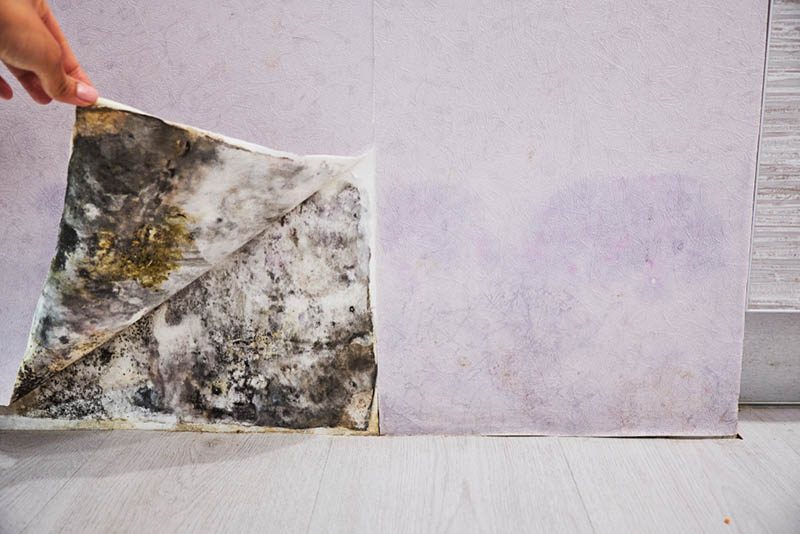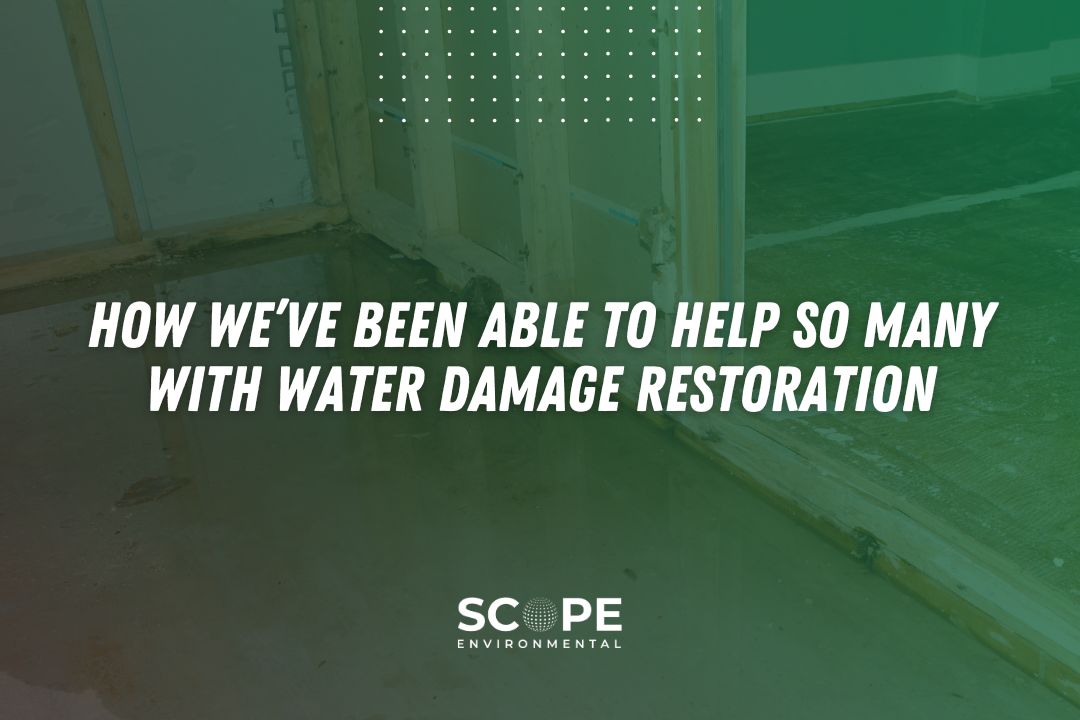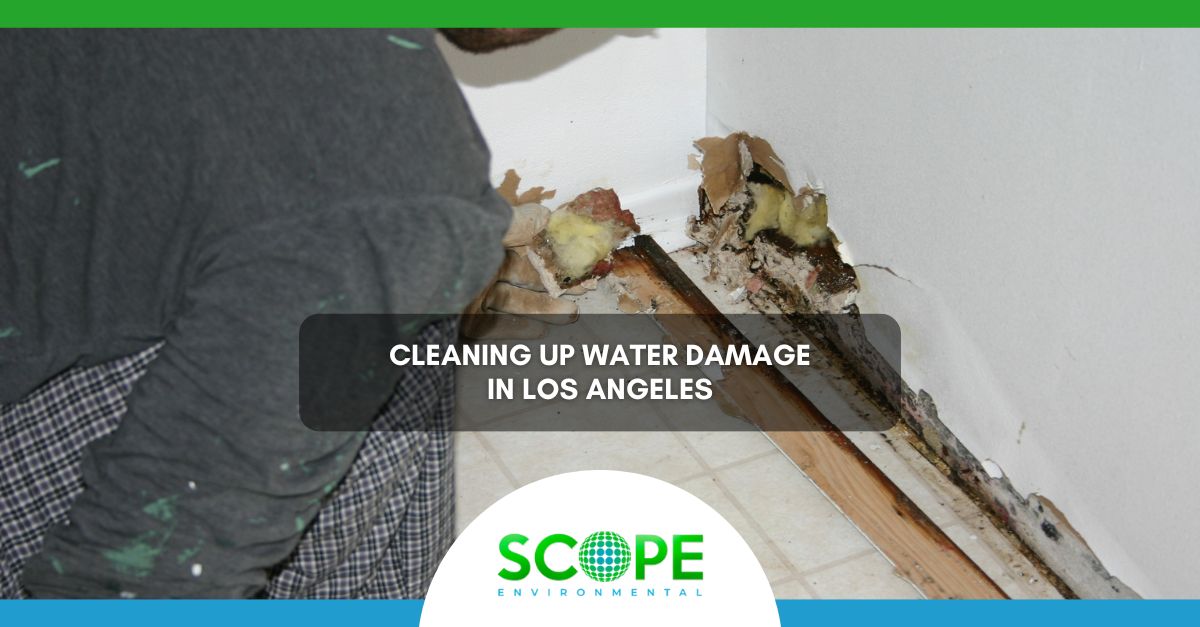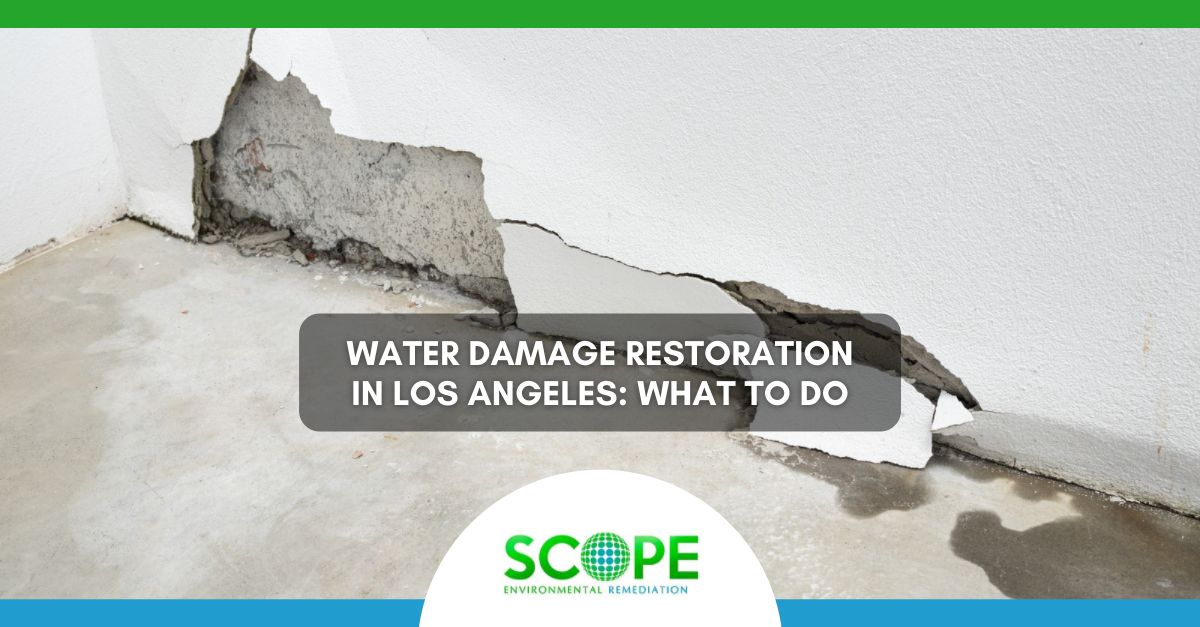The intrusion of water in your home or commercial establishment will inevitably lead to some sort of water damage and potentially mold. This entails, among other issues, deterioration of drywall , mold growth, delamination of plywood, and the rotting of wood. The speed in which this damage takes place will vary, however mold can start growing within 24 hours. You could notice instantaneously how standing water has stained your walls, or you could notice months later that your wooden floor has started to rot. The invisible, unpredictable nature of water damage makes it pertinent for you to take care of it as soon as possible.
What to Do?
It is important to know that, unless you have the ideal tools or equipment to do so, you shouldn’t be the one to deal with it. Ideally, you would reach out to an environmental cleaning service that will properly tackle the issue at hand. Here’s how such a service would deal with water damage.
Dealing with Water Damage
Assessing the Water Damage
The first step in dealing with water damage is, of course, to know what it is you are dealing with. Assessing the initial and possible damage inflicted upon your property will be the first step in order to properly determine the necessary course of action to follow. Once the extent of the problem has been quantified, the team of professionals will be able to begin to act upon it.
Draining All of the Standing Water
The next step will obviously consist of getting rid of the remaining standing water. After all, it’s necessary to prevent any further damage and to clear the space to reverse whatever has been affected so far. The water must be drained and disposed of in order to enable subsequent work being done. This can only be done with the proper equipment.
Dehumidifying the Water Damaged Area
Of course, standing water does not include all of the remaining water. There is a lot more trapped on the floor, walls, and even objects. This humidity is what is ultimately the most detrimental to the area and must therefore be removed. If all you do is remove the standing water, the remaining humidity will be the one that eventually causes the most damage.
Sanitizing All of the Damaged Area
Next will be cleaning. It is very important to sanitize the affected area to, first, address all the damage that has already been wrought upon the property and, second, to eliminate the potential for more. The right use of tools and cleaning supplies will ensure the area is devoid of humidity and is therefore no longer affected by the water and the humidity left over from the incident.
Water Damage Restoration Process
Now that the potential hazards for the property have been removed accordingly, the next step will consist of restoring the damage already inflicted on it. Restoring the floors and walls after the water damage will be key in protecting your investments and minimizing the consequences of the incident.
Contact a Water Damage Restoration Service
When it comes to environmental cleaning, no service will be better for long term protection of your assets via effective water damage restoration than Scope. If you are in need for such a service in the Los Angeles and Ventura counties, be sure to call us at (888) 504-5525 for a quote.





